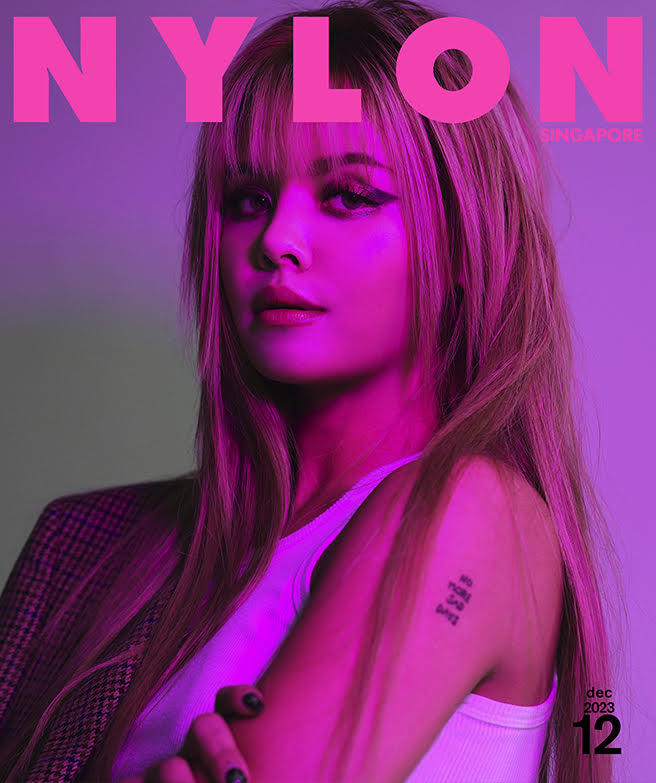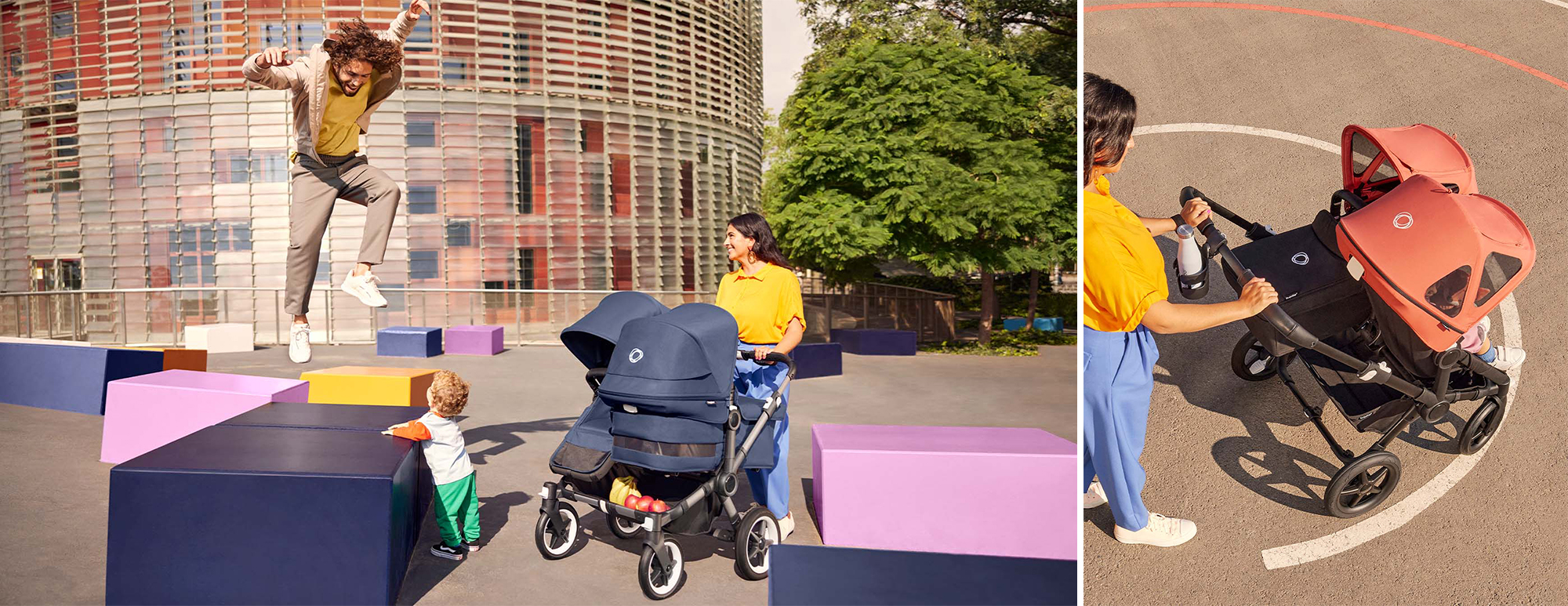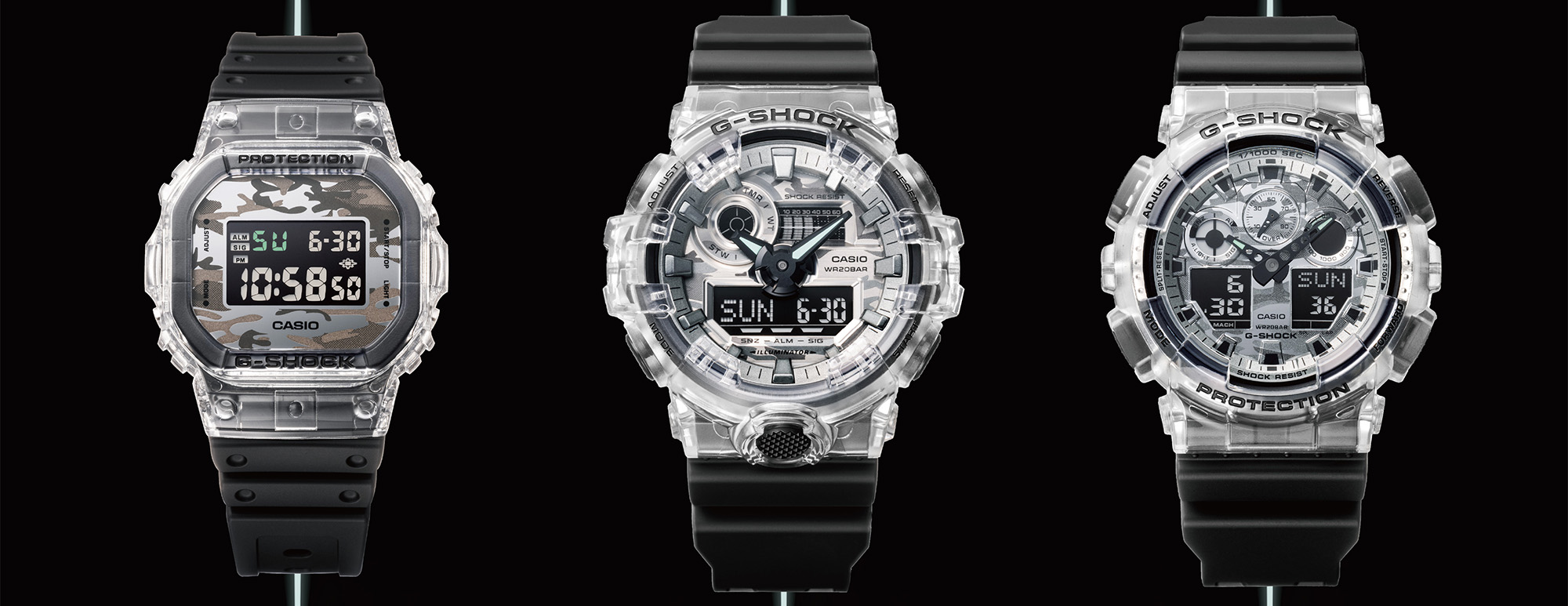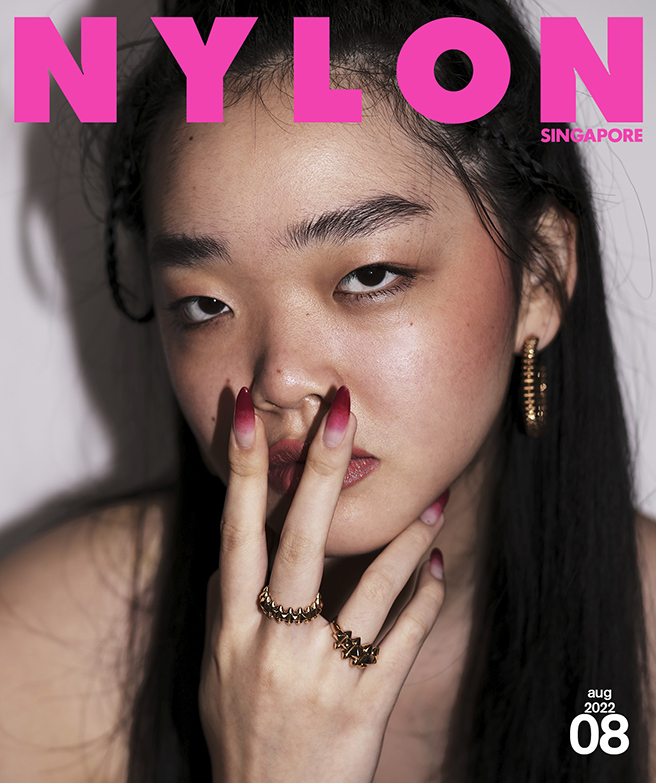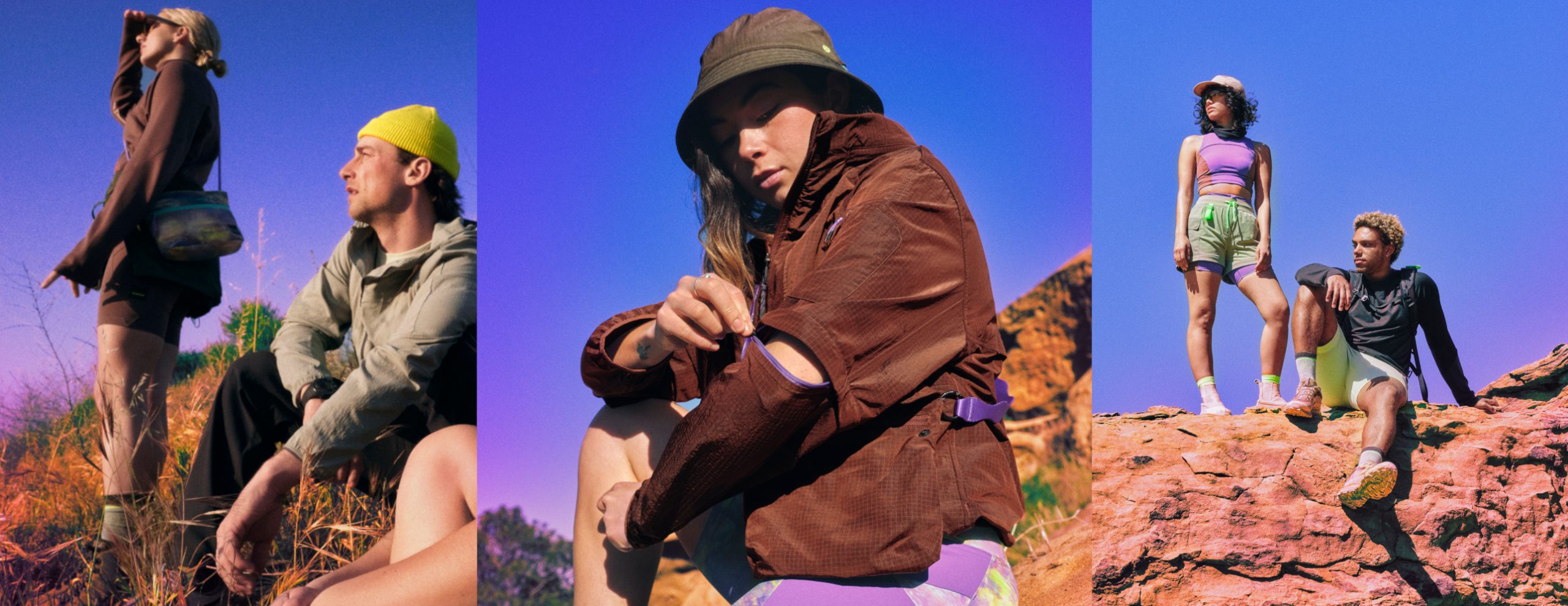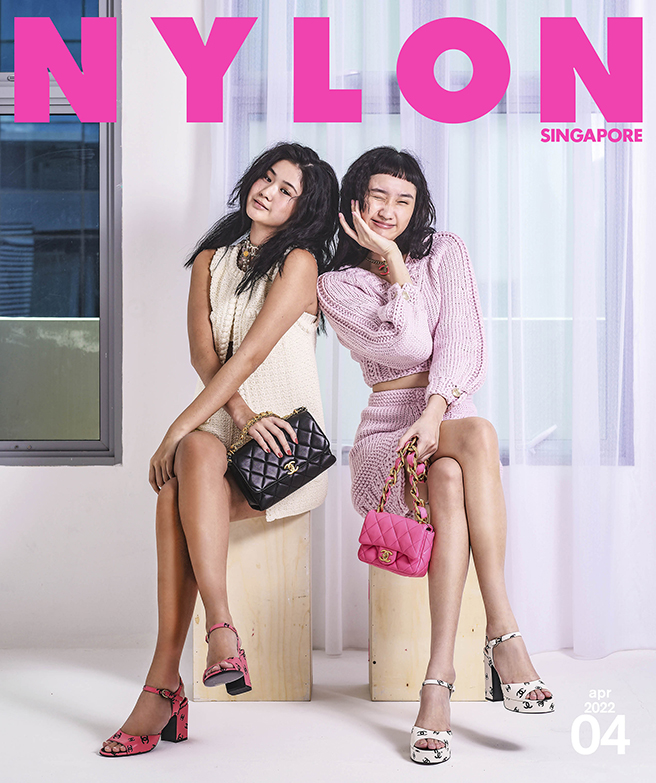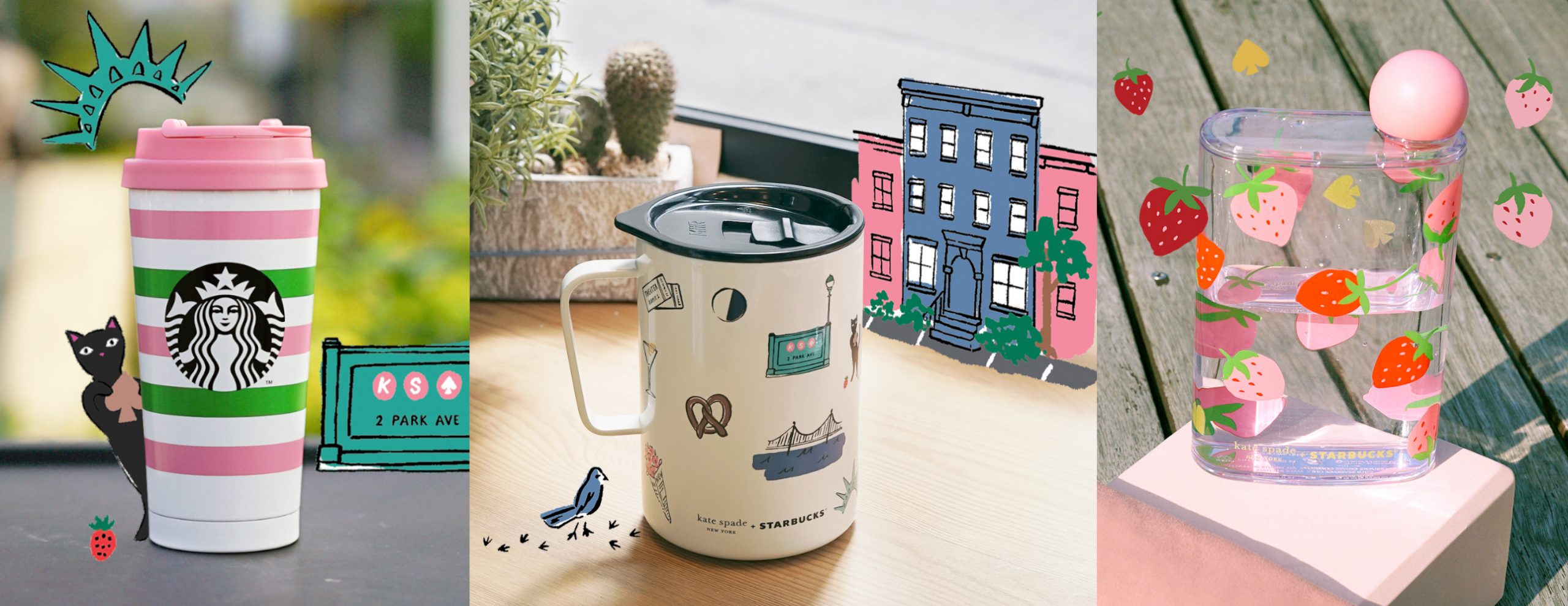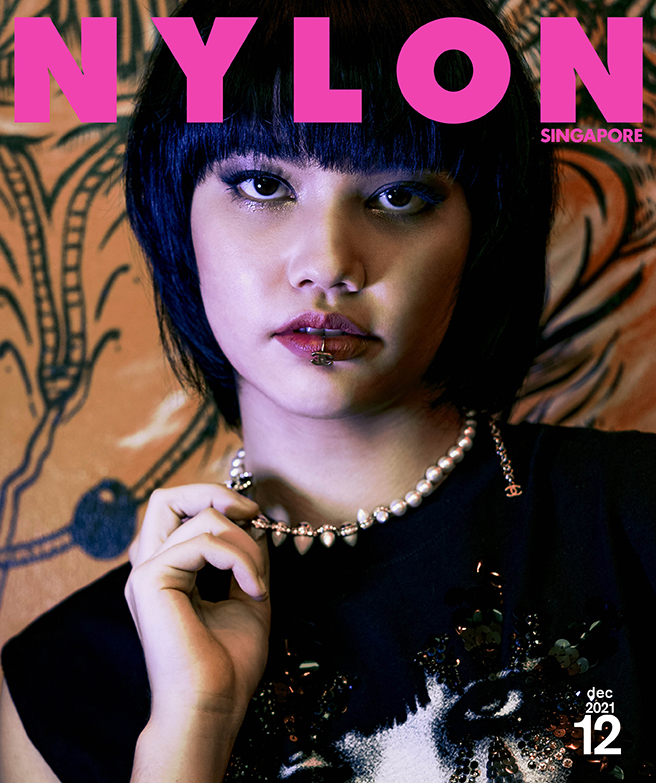Make no mistake about it: fashion is definitely a form of art. But sometimes, we get bored of the standard museum space; the blank white walls, the polished wooden (or grey cement) floors, the single, occasionally somewhat unnecessary lights that hang over each piece. In that same vein, the runway is the standard vocabulary of any collection showcase, but some designers and directors have been able to take the simple, white platform we’re all used to and turn it into something truly spectacular. Thus, we present what we feel are the five most creative runway shows of all time…so far, anyway (you never know what’s turning up next season).
Fendi, Legends and Fairy Tales Collection, 2016, Rome
As part of Fendi’s 90th’s Birthday, the brand pulled off what seemed to be the impossible: staging a fashion show in the famous Trevi Fountain. Yes, in the fountain. In fact, the Italian brand actually launched a 20-month, 2.2 million dollar project in 2013 to restore the fountain – the most extensive restoration project in the fountain’s history to date. For the collection, a clear platform was built in the fountain, allowing the models to seem as if they were walking on water; a magical concept truly fitting of the “Legends and Fairy Tales” theme. Complete with orchestration befitting of a fantasy film, the show definitely goes down in fashion history as one of the most gorgeous shows of all time.
Chanel, Fall-Winter Haute Couture Collection, 2016/17, Paris
Ironically, less is more when it comes to the runway for this year’s Chanel Fall-Winter Haute Couture 2016/17 Collection. To put the concept simply, iconic head designer and creative director of the brand, Karl Lagerfeld explains in his interview:
“Nobody gets to see – not the client, not the journalist – nobody gets to see those rooms. And also, nobody gets to see the workers (…) so I think it was interesting for both sides, to put the client, the journalist, and the public in front of the working people (…) and the dresses in between.”
He’s definitely not wrong. The constant movement on stage demanded the audience’s keen eye, whether it was the designers at work or simply the models strutting their stuff. It’s also nice to be able to see all stages of the clothes on the runway, from the half-done sketches in the “drawing rooms” to the finished piece being modelled. Plus, the simple colour palette of the set meant that the collection looked even more eye-catching, if that’s even possible.
Up (øpp) Motevesning, Spring/Summer, 2014, Norway
In the furiously fast world of fashion, you can bet that people constantly have their eyes on fresh-faced designers. Problem is, it’s pretty difficult to find the right platforms to showcase your work. Enter Up (øpp) Motevesning, the independent fashion platform designs to help promote and and showcase newly-established Norwegian designers. Using the “white cube” space of the UKS (The Society For Young Artists) in Oslo, the catwalk is made entirely out of woodchip, folding out into a structure that’s reminiscent of a small rollercoaster (minus the extreme loops and turns, of course). Designed by Gartnerfuglen Architects, a group of volunteers for the non-profit biannual fashion show, the wooden spiral also ensures that you don’t have to crane your neck if you’re at the back of the crowd to get a glimpse of the designs. Talk about elevating designers, literally.
Prada, Menswear Spring/Summer 2012, Milan
The setting for this Prada show probably looks vaguely similar to the dreaded rows of desks we sit at during school examinations, only this one is a lot more colourful – and we’re not the ones being assessed. Designed by OMA/AMO, the set featured 600 blue foam blocks arranged in a 1.5m by 1.5m, allowing the runway to be interwoven with the audience. Models would walk between the blocks – in a highly-coordinated fashion, of course (pun somewhat intended) – giving the audience members a close-up view of the clothes. The artificial grass the blocks sit on also helps take the edge off the otherwise militaristic order of the space, making it seem more reminiscent of a park or a picnic, in line with the golf-inspired outfits of the collection.
Issey Miyake, “The Wind”, 2007, Paris
You probably won’t think wind and fashion necessarily go hand-in-hand. Sure, they help make models look fantastic…but only when they’re positioned right. After all, one small breeze could practically spell wardrobe malfunction, depending on the design/material of your outfit. So it was definitely a surprise when Dai Fujiwara of Issey Miyake chose to team up with Sir James Dyson – yes, that Dyson – to create a giant wind-machine for the presentation of his collection back in Paris Fashion Week ’07. In fact, if you listen carefully to the video, you can hear the faint mechanical whirring of the wind machine. Those seemingly independently-moving wind tubes definitely take the cake this round; not only does the wind help emphasise the collection itself, the direction and shape of the tubes ensures the complete harmony of the space – everything points towards the runway, guiding your gaze towards the models.
Featured Image: Facebook.com/Fendi


